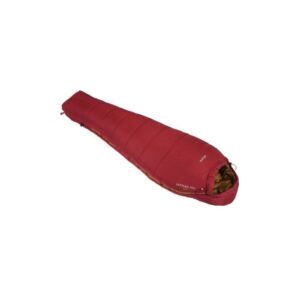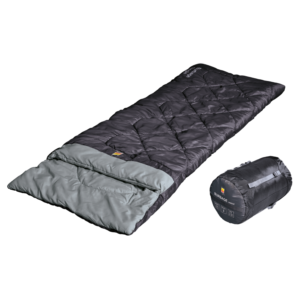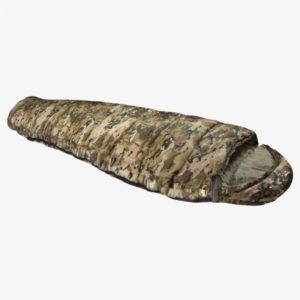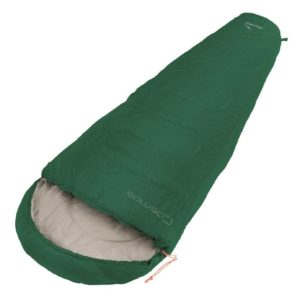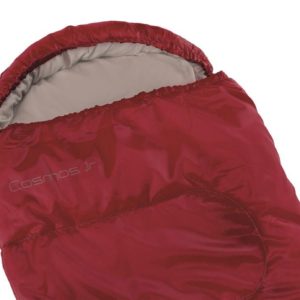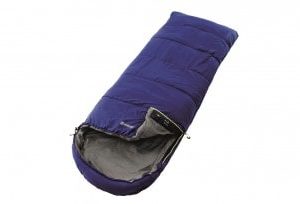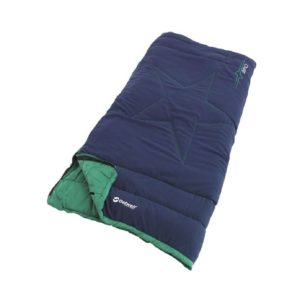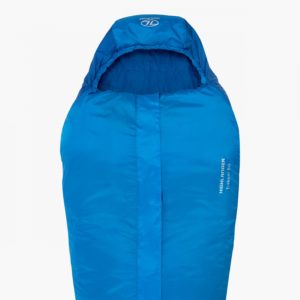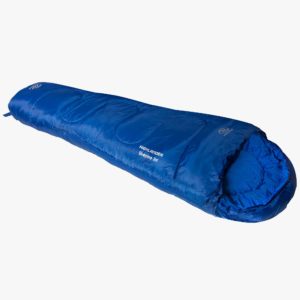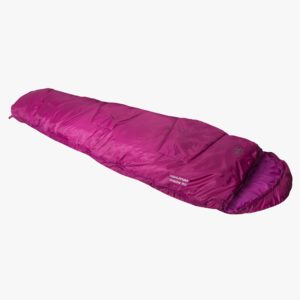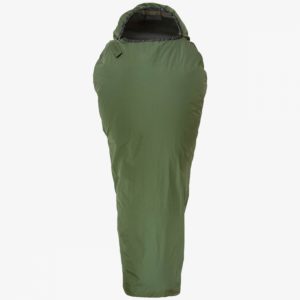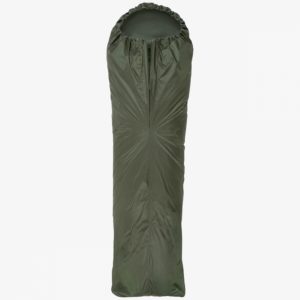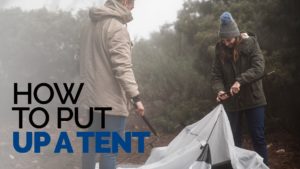
View Our Sleeping Bags
Sleeping Bags For Camping
Refine your Search.
Seasons
Style
Who
Brand
Colour
Season
Style
Size
Brand
Air Beds, Mats and Beds
Sleeping Accessories
- Rated 0 out of 5
Vango Latitude Pro 100
£55.00Original price was: £55.00.£39.47Current price is: £39.47. - Rated 0 out of 5
Wild Country Burbage Sleeping Bag
- Rated 0 out of 5
Highlander Cadet 350 Junior
£24.99Original price was: £24.99.£23.47Current price is: £23.47. - Rated 0 out of 5
Easy Camp Cosmos Sleeping Bags in Black, Blue, and Green
£26.99Original price was: £26.99.£16.97Current price is: £16.97. - Rated 0 out of 5
Easy Camp Cosmos Junior Sleeping Bags in Black, Blue, and Red
£22.99Original price was: £22.99.£17.97Current price is: £17.97. - Rated 0 out of 5
Outwell Campion Sleeping Bag
£40.99Original price was: £40.99.£24.97Current price is: £24.97. - Rated 0 out of 5
Outwell Champ Kids Sleeping Bag: Cozy, Fun, and Kid-Friendly
£29.99Original price was: £29.99.£22.47Current price is: £22.47. - Rated 0 out of 5
Highlander Sleepline Junior 300 Sleeping Bag
£24.99Original price was: £24.99.£14.47Current price is: £14.47. - Rated 0 out of 5
Highlander Sleepline 250 Mummy Sleeping Bag
£39.99Original price was: £39.99.£19.47Current price is: £19.47. - Rated 0 out of 5
Highlander Kestrel Rip-Stop Bivvy Bag: Ultimate Protection for Outdoor Sleep
£39.99Original price was: £39.99.£30.97Current price is: £30.97. - Rated 0 out of 5
Highlander Creature Mummy Bag
£39.99Original price was: £39.99.£23.97Current price is: £23.97.
Cleaning a sleeping bag can help to remove dirt, sweat, and other stains that may accumulate over time. Here are some steps you can follow to clean a sleeping bag:
Start by checking the care instructions on the sleeping bag. Some sleeping bags may be machine washable, while others may need to be hand washed or dry cleaned.
If your sleeping bag is machine washable, use a mild detergent and a cold water cycle. Avoid using hot water, as this can damage the insulation and cause the fabric to shrink.
If your sleeping bag is not machine washable, you can hand wash it in a bathtub or large sink. Fill the tub or sink with cold water and a mild detergent, and soak the sleeping bag for 15-30 minutes.
Gently agitate the sleeping bag in the water to help loosen any dirt or stains. Avoid using harsh scrubbing or rubbing, as this can damage the fabric and the insulation.
Once the sleeping bag is clean, rinse it thoroughly with clean water to remove any remaining soap.
Allow the sleeping bag to air dry completely before storing it or using it again. This may take several hours or even a full day, depending on the size and construction of the sleeping bag.
It's important to be gentle when cleaning a sleeping bag, as harsh chemicals and rough treatment can damage the fabric and the insulation. If you're not sure how to clean your sleeping bag, it's a good idea to consult the manufacturer's instructions or to seek the advice of a professional.
Properly storing a sleeping bag can help to extend its lifespan and keep it in good condition for future use. Here are some steps you can follow to store a sleeping bag:
Make sure the sleeping bag is clean and dry before storing it. This will help to prevent mold, mildew, and other forms of damage.
If possible, hang the sleeping bag in a dry area and allow it to air out completely before storing it. This will help to remove any moisture that may be trapped inside the sleeping bag.
Once the sleeping bag is dry, roll it carefully and neatly, following the manufacturer's instructions or the rolls you used when packing it for your last trip.
Place the rolled sleeping bag in a storage bag or box, and label it with the size and type of sleeping bag. This will help you to find it easily when you need it again.
Store the sleeping bag in a cool, dry place, away from direct sunlight and extreme temperatures. Avoid storing it in areas where it may be exposed to moisture, such as basements or garages.
By following these steps, you can help to protect your sleeping bag and keep it in good condition for future use. It's also a good idea to inspect your sleeping bag regularly and repair any damages or wear and tear that may occur over time.
Washing a sleeping bag can help to remove dirt, sweat, and other stains that may accumulate over time. Here are some steps you can follow to wash a sleeping bag:
Start by checking the care instructions on the sleeping bag. Some sleeping bags may be machine washable, while others may need to be hand washed or dry cleaned.
If your sleeping bag is machine washable, use a mild detergent and a cold water cycle. Avoid using hot water, as this can damage the insulation and cause the fabric to shrink.
If your sleeping bag is not machine washable, you can hand wash it in a bathtub or large sink. Fill the tub or sink with cold water and a mild detergent, and soak the sleeping bag for 15-30 minutes.
Gently agitate the sleeping bag in the water to help loosen any dirt or stains. Avoid using harsh scrubbing or rubbing, as this can damage the fabric and the insulation.
Once the sleeping bag is clean, rinse it thoroughly with clean water to remove any remaining soap.
Allow the sleeping bag to air dry completely before storing it or using it again. This may take several hours or even a full day, depending on the size and construction of the sleeping bag.
Sleeping bags are typically made of a combination of materials, including fabrics, insulation, and other hardware. The outer fabric of a sleeping bag is typically made of nylon or polyester, which are strong and durable materials that are also waterproof and breathable. The insulation, which provides warmth and cushioning, is typically made of synthetic materials such as polyester or down, or a combination of both. Some high-end sleeping bags may also include additional features such as draft tubes, hoods, and built-in pockets. The hardware of a sleeping bag, such as the zipper and the drawstring, is typically made of durable materials such as metal or plastic.
All you need to do is a left and right hand sleeping bag.
Zipping two sleeping bags together can create a larger, more spacious sleeping area, which can be useful for couples or families who want to sleep close together. Here are some steps you can follow to zip two sleeping bags together:
Start by laying the two sleeping bags side by side, with the zippers facing each other. Make sure the sleeping bags are oriented the same way, with the head at the top and the foot at the bottom.
Align the zippers of the two sleeping bags, making sure the teeth of the zippers are lined up evenly.
Starting at the bottom of the zipper, carefully zip the two sleeping bags together, using a back and forth motion to engage the teeth of the zipper.
Continue zipping the sleeping bags together until you reach the top of the zipper. Make sure the zippers are fully engaged and there are no gaps or gaps between the two sleeping bags.
Once the two sleeping bags are zipped together, test the zipper to make sure it is working smoothly and securely. Adjust the zipper as needed to ensure a snug fit.
It's important to be careful when zipping two sleeping bags together, as forcing the zipper or misaligning the teeth can damage the sleeping bags. If you're having difficulty zipping the sleeping bags together, it may be helpful to seek the advice of a professional.
Our expert writers


























